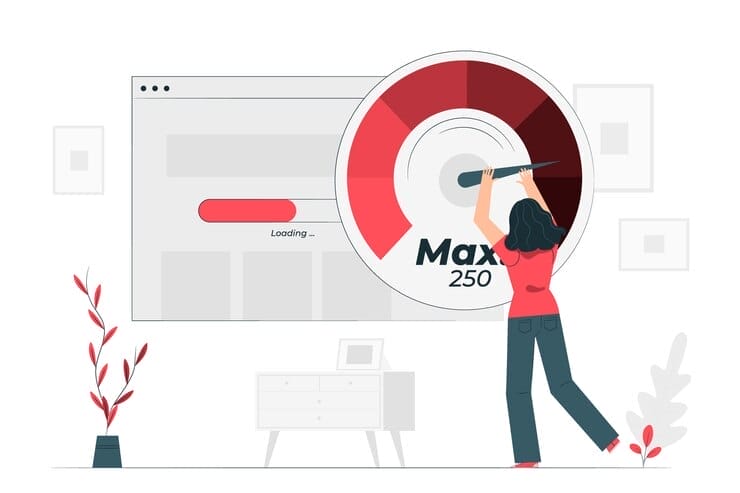Uncover the secrets behind Apple’s branding positioning! Learn how the tech giant dominates the market through strategic brand positioning, targeting, and segmentation.
Recommended For You: 13 Brand Positioning Examples From Powerful Brands
Regarding marketing, Apple continues to be at the head of the pack.
No matter how expensive the product is, a long line of people will always wait outside the store when a new release occurs. In this blog post, I am going to discuss extensively Apple brand positioning and how the company carries out its market targeting and segmentation.
Let’s begin.
Table of Contents
You Can Also Listen on Adilo, Spotify, Amazon Music & Castbox.
What is it about Apple that attracts customers to its products, then?

The Apple brand is a household name that has been around for decades. Their products are known for being high quality, durable, and reliable. They have maintained its position as a top-selling company due to their consistent branding strategy.
Steve Jobs introduced the first Mac in 1984, followed by other successful devices like the iMac, iPhone, iPad, etc. Today, Apple ranks among the top companies in terms of market capitalization.
In 2014, the company tops $700 billion valuation, consolidating its position as the world’s largest market. And within the next decade, Apple has recorded a tremendous growth, growing their valuation to nearly $3.2 trillion – over four times.
Insane!!!
What is it about Apple that attracts customers to its products?
Let’s find out…
Apple’s Brand Positioning
Brand positioning is a marketing strategy you can only use through promotion and advertising. A company’s brand identity, design elements, products, and communications significantly impact how a product is positioned.
There are two ways Apple positions its product.
One way is to create a name that people can identify with. This is done through words, taglines, logo, colors, shapes, etc. Just as Apple pays close attention to brand colors, professional color correction can refine and balance visual tone to ensure consistency across marketing assets.
The other is to create a story around their brand that makes it memorable.
Like Apple, storytelling can help you position your brand in your customers’ minds. I think nothing is more powerful than a good story.
Storytelling helps you to set an emotional connection between you and your customers. It brings in emotions in order to deliver your message proficiently.
Who wouldn’t love a visual narrative of a story?
Video storytelling makes this possible. This strategic marketing move has placed a lot of brands on their A-game. But without the right platforms to promote your video content, all efforts will just be a waste.
Platforms like Adilo make video storytelling a breeze.
This ad-free cloud video hosting service, comes with a native screen and camera recorder, enabling you to create videos from anywhere and with less effort. Adilo also features a video split testing tool. This way, you can A/B test your videos to ensure use the one that resonates most with your audience.
However, my favorite Adilo video storytelling feature is the QR code embed. With a scan of QR code from any object, anywhere, your customers can connect to your videos.
How Apple Positions Its Brand
Credit: How Not To | Video Hosted On Adilo – An Ad-Free Online Video Hosting Platform – Try It For Free
They created a story around their brand that everyone knows and associates with. Their slogan was “Think Different.” When people think about Apple, they don’t necessarily think about the product but its story.
The fast expansion and ongoing change in the technology sector are why new products with cutting-edge features and technological improvements are constantly released.
Apple positioning itself as the luxury alternative with its philosophy of high-quality products coupled with its appeal to consumers’ individuality is an excellent approach for Apple as long as it continues to provide exceptional experiences through its products.
Apple’s brand positioning focuses on three core values:
- Quality
- Durability, and
- Reliability.
These core values are used consistently across all product lines and reflected in everything from the packaging to the product design. As a result, the brand has a powerful identity that has helped them remain a leader in the marketplace.
Its values are to create a personal connection with its customers by providing an exceptional experience. However, this is not difficult for Apple since the company has already proven it can produce advanced technology and top-quality products.
Apple seems to be on a course to create a brand that stands out from the crowd. According to research, consumers want brands that make emotional connections and send a positive message – something Apple is doing successfully with its customers.
Making an emotional connection goes hand in hand with being easy to find and trusted online. Since many people first come across a brand through digital platforms, it’s more important than ever to show up clearly and reliably when it counts.
Apple’s brand works by creating a unique experience for consumers. Consumers associate certain things with a brand. Consumers who enjoy the brand will continue to buy from it. Brands can be related to products, services, or ideas.
To ensure that the Apple brand sticks out from the rest, they strive to create a memorable experience for people who use their products.
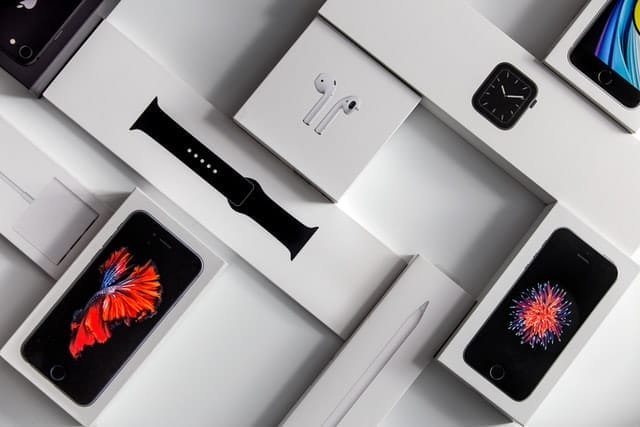
Apple’s Brand Identity
All of Apple’s intangible brand assets, including its brand values, culture, and people, as well as its brand colors, tagline, tone of voice, and types of visuals, among other things, all work to help the company’s target audience create a particular opinion about it.
Product Quality and Design
Apple has released peak aesthetic and quality items since its founding. Apple has been hailed repeatedly as one of the world’s most innovative companies, especially regarding mobile devices.
They’ve done well by consistently releasing new products and technologies that are more advanced than anything else in the market.
Why do we love the Apple brand?
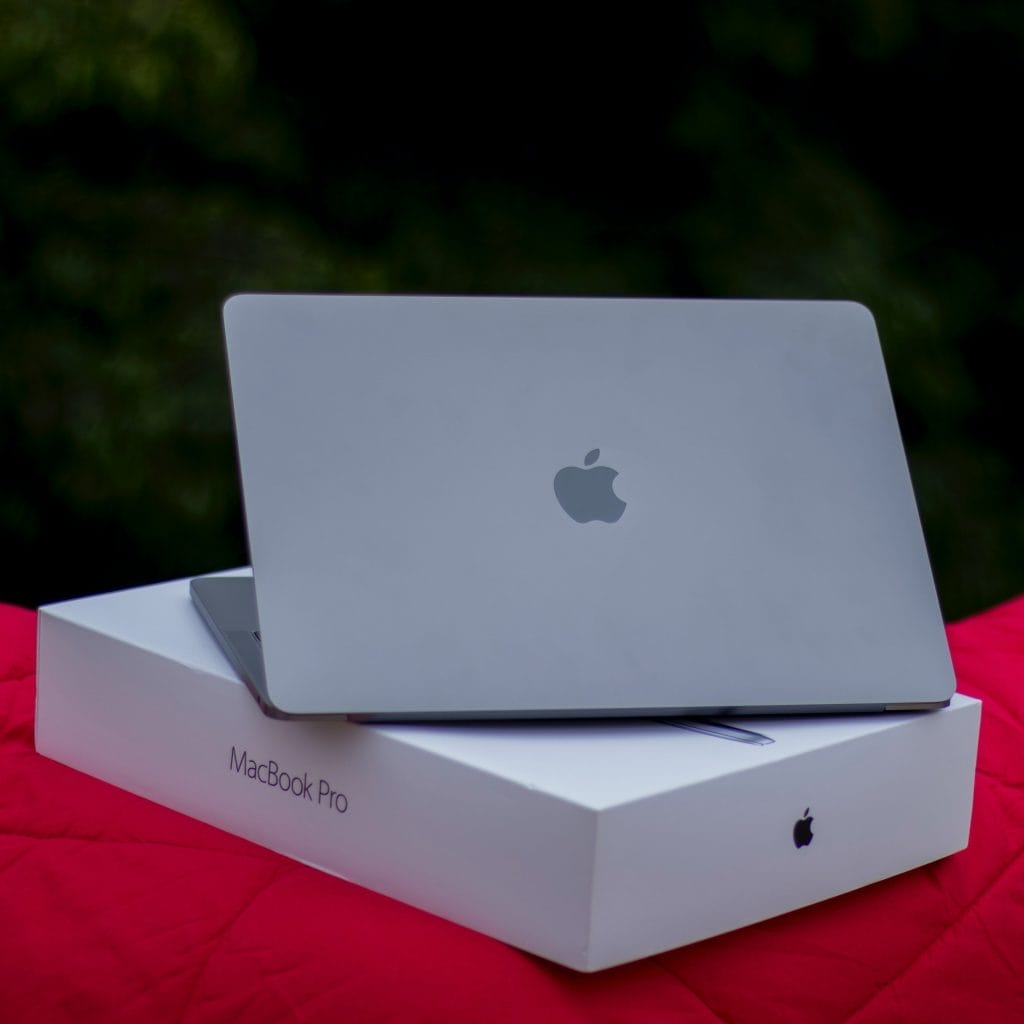
- Apple is excellent—their products are stylish and have state-of-the-art technology designed to increase productivity.
- Millions of people worldwide are drooling over the idea of their next new product release. Apple is an innovative company that has made computers accessible to the everyday person.
- Apple connects us to something more significant than the average smartphone or laptop. The brands help us feel like we belong somewhere. They want to know what people think about their brand.
- They also want consumers to talk about Apple products and share information about Apple. The brand helps users connect to a community of people who have similar interests. We, just like many people, love the Apple brand because they give customers a sense of identity and belonging.
Apple’s Marketing Strategy
Apple’s strategy is to target the mainstream market, not just the high-end consumers.
They focus on providing products that have mass appeal but at a higher price point than what they would typically charge.

Apple based its strategy on creating a brand image that is unique from other brands; this means they want to ensure that people know who they are before buying their product.
Apple focuses on making its products easier to use and more intuitive. Their goal is to create products that are easy to understand and use.
Its primary objective is to promote a sense of community among its customers. They are trying to build a strong relationship between themselves and their customers through social media outlets like Facebook and Twitter.
They are centered on developing a loyal customer base. They want to get people excited about their products and keep them coming back for more.
Apple’s strategy is that they want to provide quality products at affordable prices. They want to give their users value for their money.
Apple employs its positioning strategy based on competition in a similar way. Apple consistently invests in research and development and launches unique products and features since the technology sector is very competitive. It continues to develop exclusive technologies for the brand that is incomparable elsewhere.
Apple’s marketing strategy is ideal because it appeals to its consumers through multiple channels while remaining relevant in the technology industry. Apple uses its innovative products to engage its customers emotionally and help users connect with their brand.
Apple’s Target Audience

Targeting is a process through which a company chooses which target customer segment it wants to pursue and which it believes would benefit them.
Apple’s target market is well-off people willing to pay more for technological goods and services with cutting-edge features. Years of analyzing Apple’s customers’ characteristics have shown that most of them prefer the quality, functionality, and aesthetic of tech products and services over the costs.
The various product lines that Apple creates–the iPhone, iPad, Mac, and the Apple Watch–can be marketed to multiple different types of consumers.
We can classify Apple’s market segmentation and target customer into:
Age range
Teenagers are one of Apple’s primary target market demographics, even though the company is a luxury brand and many of its products have high price tags.
This is rooted in the fact that teens are drawn to the value of an iPod, which causes them to want iPhones, Macs, and other things later down the line.
Apple targets many teenagers and college students since there is a trend for the newest technology in these demographics. The devices become a symbol of social interaction and are frequently utilized as a show-off item.
Most iTunes and Apple Pay users are in the 19–25 age bracket. However, devices like Apple TV and Macbooks are designed for those aged 25 to 40.
Gender
The apple market did not previously prioritize one gender over another. It was almost equal (a 1:1 ratio). However, the current male-to-female user ratio is 60.8 percent to 39.2 percent. There has been a discernible shift in recent years growth in male users.
Income
Apple primarily targets people in homes with middle-class to high incomes. According to research, one-third of households who use Apple devices make over $100,000 annually.
Degree of loyalty
Due to the value of the experience and performance of the products, loyal consumers continue to purchase the product. They stick to the buying options they have chosen. They may be dependent on Apple products’ high quality. They included themselves in the target market or clientele.
Segmentation
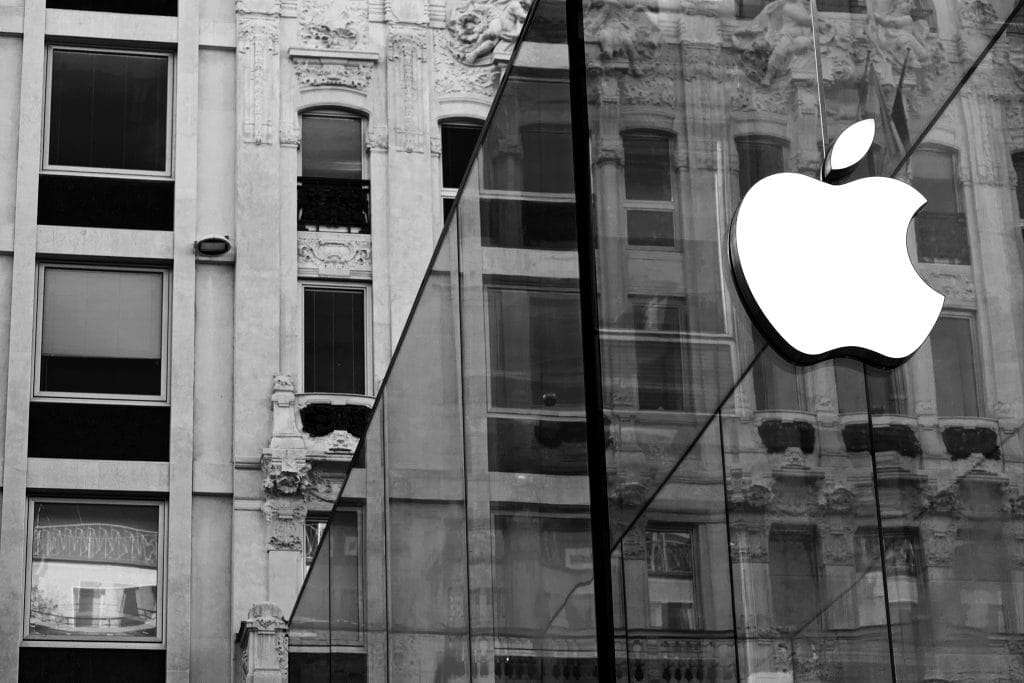
Segmentation divides a large group of people into smaller groups based on specific characteristics. Marketing segmentation is a way of separating your market into smaller groups based on their similarities and differences.
This can help you identify who is buying what products and how they are different from each other. This can be done through demographic factors, like age or gender, or behavioral characteristics, like income level or occupation.
The purpose of market segmentation is to focus on different needs through various demographic and psychographic personas.
It helps companies understand the differences between their customers and the products they seek. It allows acquiring those consumers who have similar wants but cannot get them at the same time, given their conditions and circumstances.
Apple’s demographic market segmentation involves designing its products in line with its target customers’ ages, lifestyles, and professions.
Types of segmentation
Four main categories of marketing segmentation exist:
Demographic Segmentation
Demographics describe people’s age, gender, income level, location, profession, marital status, income level, family size, education level, hobbies, lifestyle, and other factors. They are a great starting point for understanding the needs of your target audience.

Geographic segmentation
It involves grouping the audience based on a particular country, state, territory, region, etc. Geographic segmentation is a marketing technique to target products or services to potential consumers who reside in or frequently a particular area. It works under the assumption that people have similar interests, preferences, and social norms.

Psychographic Segmentation
Psychographic segments are derived from customers’ attitudes and opinions about products. Psychographic segments are usually more accurate than demographics but cannot be easily measured directly. Instead, companies use indirect measures like questionnaires or focus groups.
Psychographics are characteristics that describe personality traits, attitudes, values, beliefs, interests, lifestyles, and behaviors. You can use psychographics to determine a person’s motivations behind purchasing decisions.
It’s like separating a market based on factors like lifestyle, interests, activities, and opinions, among others, that may influence the purchasing decisions.
Behavioral Segmentation
Behavioral segments are created by observing customers’ actions; companies may track online shopping behavior, purchase history, or search queries.
They can also use this information to discern what customers want and need.
Behavioral segmentation is the division of an audience depending on how they engage with a company: what they purchase, how frequently they purchase, what they explore, and so on.

Apple’s Segmentation
Here is a quick glance of how Apple segment’s its market.
| Type of Segmentation | Segmentation Criteria | ||||
| Apple’s devices: iPhone, iPad, Mac, and iPod | Apple’s Services: Apple Pay, iCloud, iTunes and the iTunes Store, Mac App Store | Apple’s Software and operating systems: iLife, iWork, iOS, and OSX | Apple’s accessories: Apple Watch, Apple TV, and more accessories | ||
| Demographic | |||||
| Age | 18-45 | 18-30 | 20-35 | 20-45 | |
| Gender | both men and women | both men and women | both men and women | both men and women | |
| Income level | High Earners | High Earners | High Earners | High Earners | |
| Profession | executives, managers, and experts | Teenagers, college students, executives, managers, and experts | executives, managers, and experts | executives, managers, and experts | |
| Geographic | |||||
| Region | The United States and internationally | The United States and internationally | The United States and internationally | The United States and internationally | |
| Density | Urban | Urban | Urban | Urban | |
| Psychographic | |||||
| Lifestyle | Adventurer, aspirant, achiever, ambitious, and explorer | Adventurer, aspirant, achiever, ambitious, and explorer | Adventurer, aspirant, achiever, ambitious, and explorer | Adventurer, aspirant, achiever, ambitious, and explorer | |
| societal status | upper and middle classes | upper and middle classes | upper and middle classes | upper and middle classes | |
| Behavioral | |||||
| loyalty level | Extreme supporters and switchers | Extreme supporters and switchers | Extreme supporters and switchers | Extreme supporters and switchers | |
| Personality | Passionate, driven, hardworking, and dedicated | Passionate, driven, hardworking, and dedicated | Passionate, driven, hardworking, and dedicated | Passionate, driven, hardworking, and dedicated | |
| Benefits hoped for | Feeling of accomplishment and belonging, self-awareness, creativity modern features, and advances in technology | performance efficiency, creativity, Feeling of accomplishment, modern features, and advances in technology | performance efficiency, modern features, and advances in technology | performance efficiency, modern features, and advances in technology |
Steps to Apple Brand Segmentation
1. To determine their target market, they conduct research and development. Demographics, way of life, and interests can all be considered appropriately. This assists them in focusing on a more specific category of products.
2. Once Apple has determined its target audience, they’ll want to consider their needs and wants. What exactly are they looking for? How would you like to communicate with them?
3. Next, they’ll need to develop taglines, contents, tone of voice, and visuals that will attract the attention of their target audience. Analyze what they want their brand to accomplish, stand for and how they want users to think of them.
They start by answering these questions:
- Who are we trying to reach?
- What problem are we solving?
- Does our product solve a problem?
- If so, what problems does it solve?
4. Finally, they will have to determine how they plan to get their product into customers’ hands. Do we sell online? Offline? Both? Whichever way they decide, they always make sure the products are promoted effectively to the right audience.
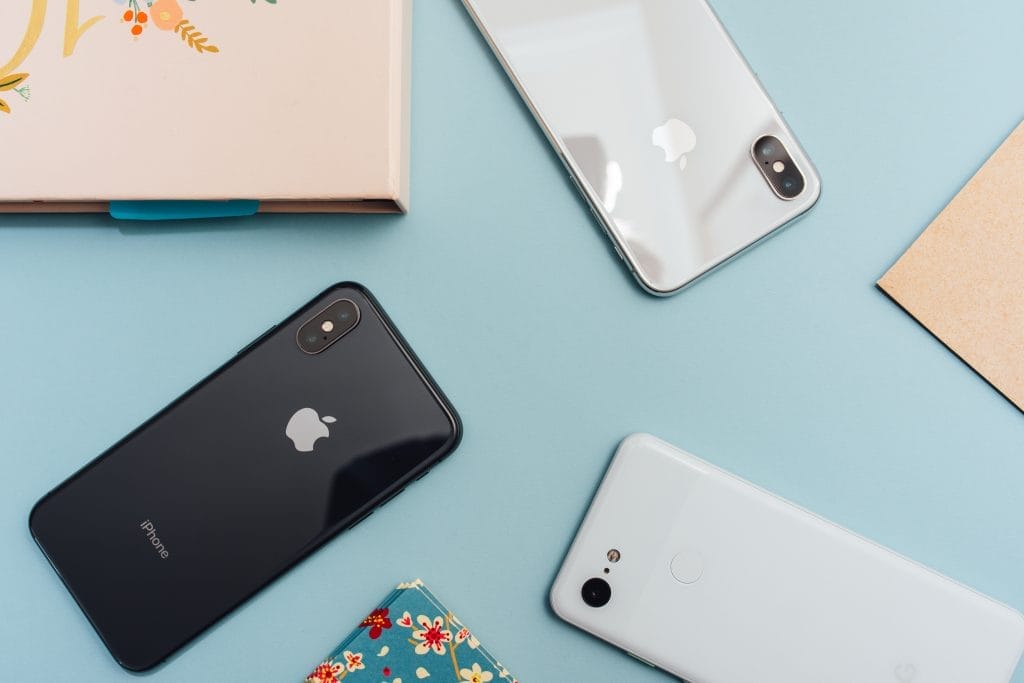
How to Emulate Apple’s Brand Segmentation
Any reasonable advertising effort starts with segmenting your customers into groups that are relevant to your business. Once these groups have been recognized, you can create messages that resonate with each group. This guide will walk through the steps necessary to identify these segments.
Identify Your Target Audience
Before you start creating segments, you need to define who your target audience is. Who are you trying to reach? What are their needs? How do they behave? Answering these questions will give you insight into what customer information you should collect.
Collect Customer Data
Once you know who you are targeting, it’s time to gather data about them. You can use this data to learn more about your customers’ behaviors, attitudes, and demographics. AI work models like AI Work can help by automating this process, turning raw customer data into actionable insights that make segmentation and targeting more precise.
Apples’s Brand Positioning – Key takeaway
You have undoubtedly learned the concepts and guiding principles of Apple segmentation, targeting, and positioning, or STP, that can benefit your business. Even though you might find it daunting to implement the exact strategies, you may narrow down the list above by choosing only the areas relevant to your marketing plan.
Apple’s segmentation relies on how much you’re willing to pay for its products. You’re most likely a wealthy individual if you can afford the higher price tags for a Mac or an iPhone. Apple’s marketing strategies clearly emphasize this group, targeting those who can afford the high price tag.
Has Apple been successful with its tactics? Given that they are one of the most profitable companies in the world, I’d say yes!
READ ALSO: Best Guide to Brand Positioning in 2022
You love this Article, right? Get more Updates via Adilo’s Twitter Page.




